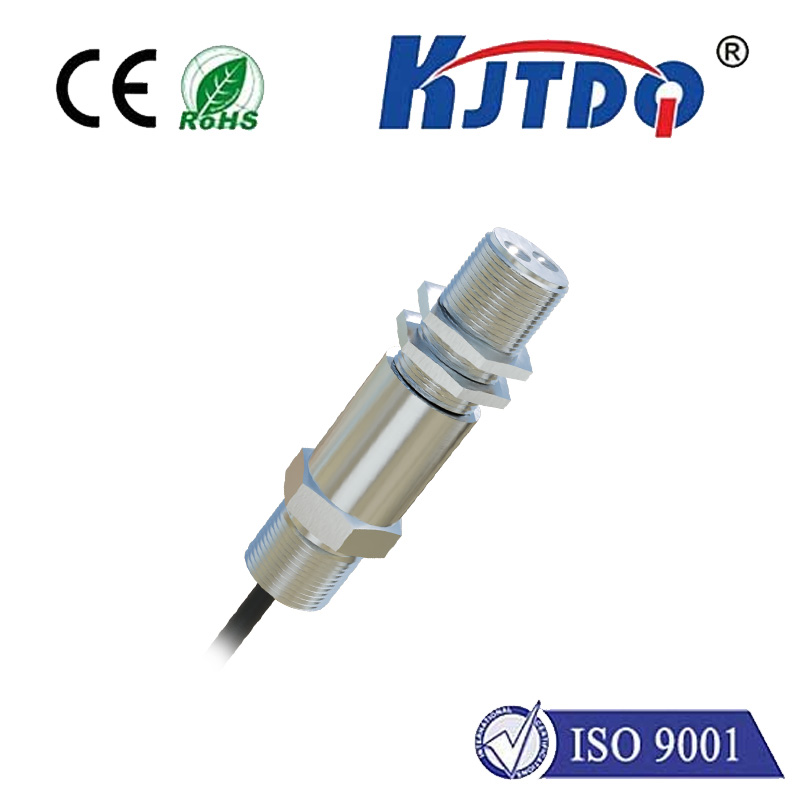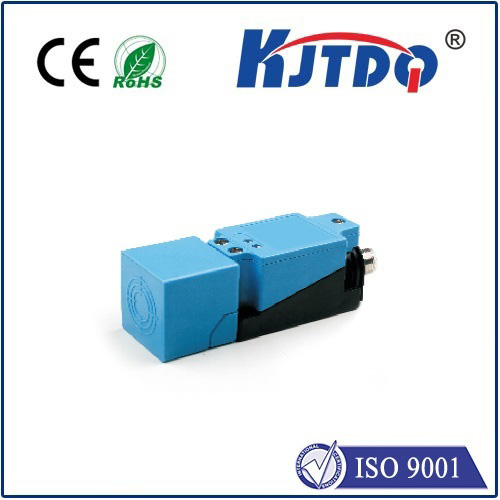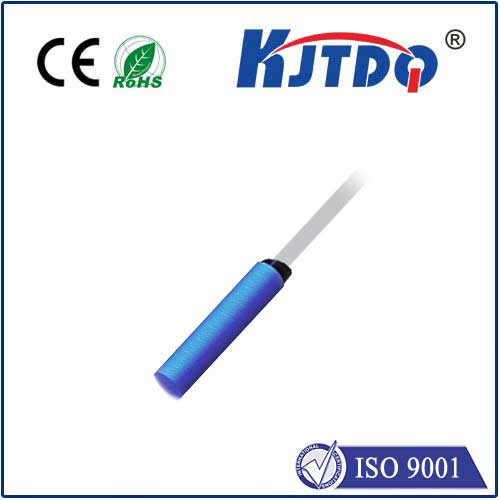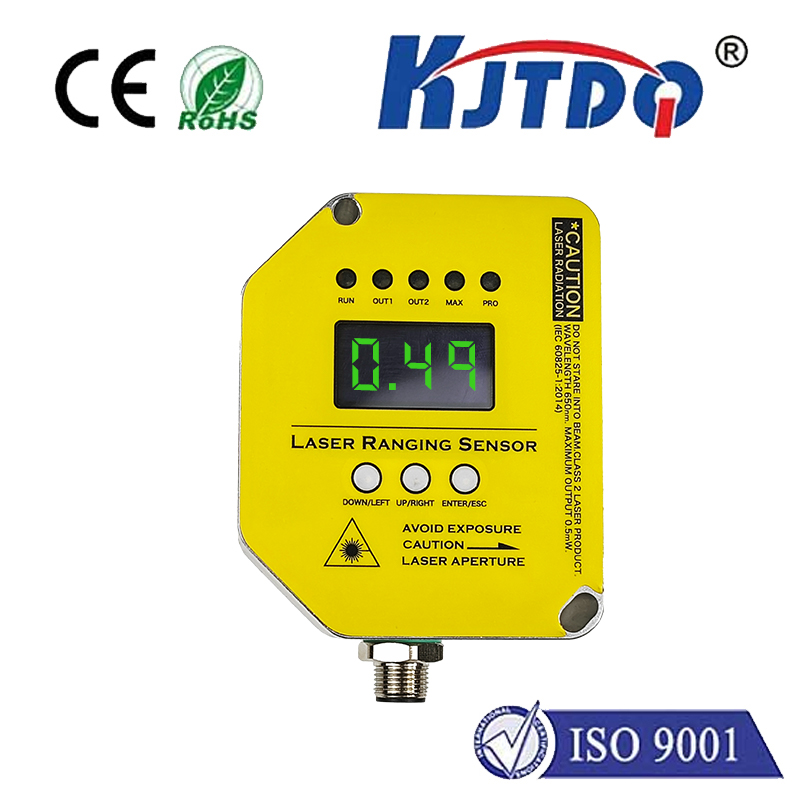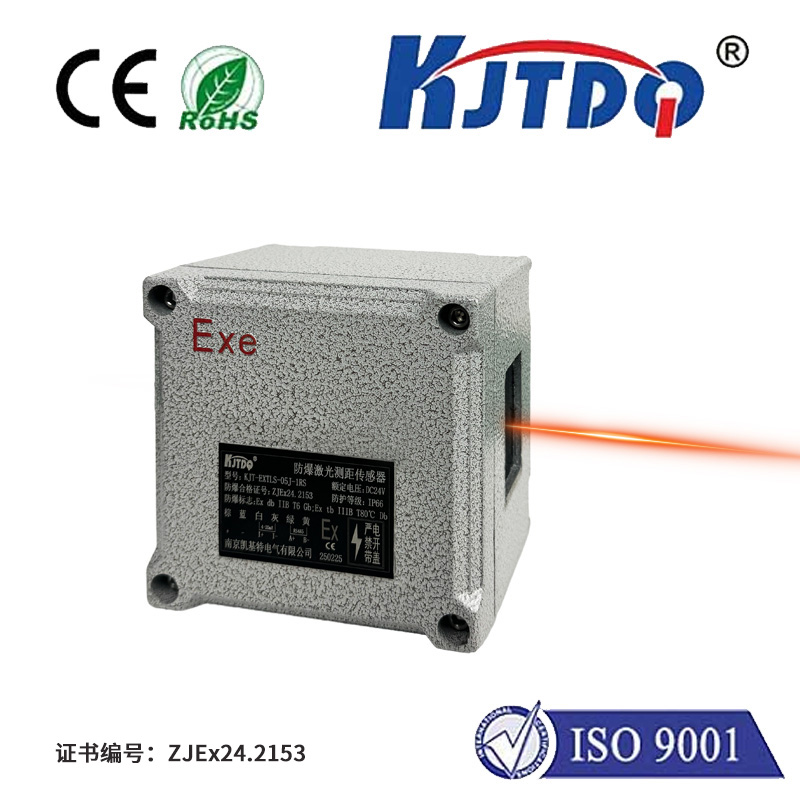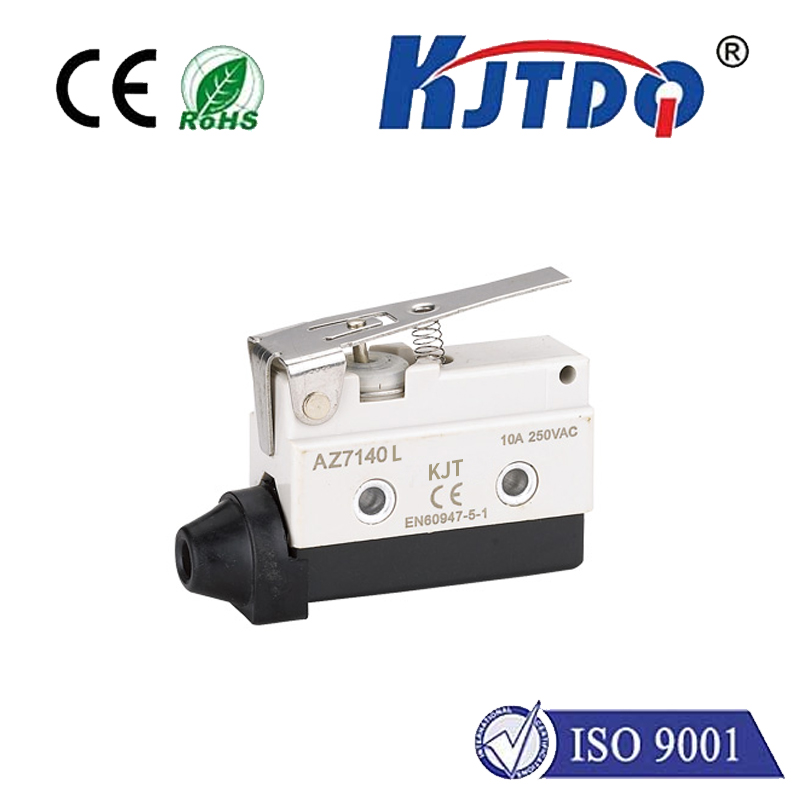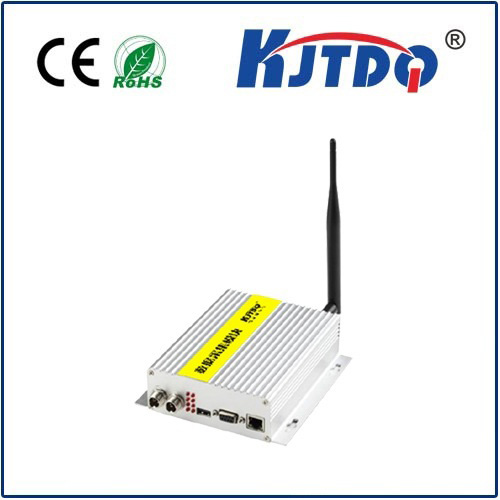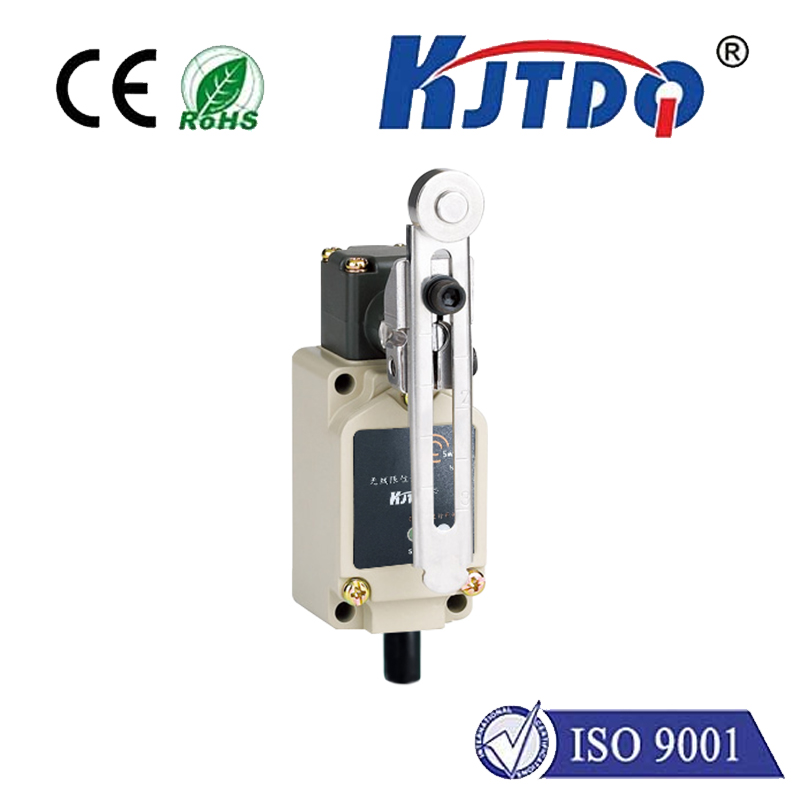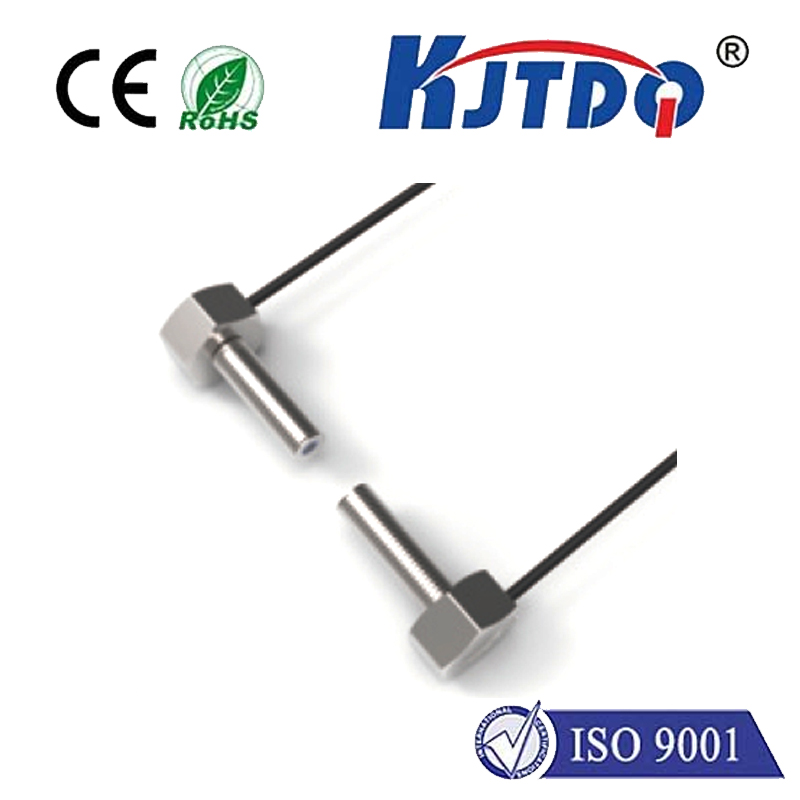multi plunger limit switch
- time:2025-09-14 01:35:19
- Click:0
Multi Plunger Limit Switches: Mastering Complex Position Detection
In the intricate ballet of modern automation, where machines perform complex sequences with dazzling speed and precision, knowing exactly where things are is non-negotiable. Single-point detection often falls short when multiple positions, sequences, or safety verifications are needed within a compact space. This is where the ingenious design of multi plunger limit switches takes center stage, offering a robust and efficient solution for intricate control challenges. They are the unsung heroes ensuring coordinated movements, verifying sequential steps, and preventing costly collisions in sophisticated machinery.
Beyond Single Point: The Essence of Multi Plunger Design
A traditional limit switch typically features one plunger or actuator lever. Its function is binary: detect presence or absence at a single specific point. A multi plunger limit switch, however, integrates multiple independent plungers or actuators into a single, compact housing. Each plunger operates its own set of electrical contacts internally.
The magic lies in its modularity and parallel operation:

- Independent Action: Each plunger reacts independently to external force or movement. Pushing one plunger activates only its associated electrical contacts, leaving the others unaffected unless they are also actuated.
- Compact Integration: Instead of installing several separate limit switches side-by-side (which consumes valuable space and complicates mounting), all sensing points are bundled into one rugged unit.
- Simplified Wiring & Control: Multiple signals originate from a single physical device and connection point. This drastically reduces wiring complexity, installation time, and potential points of failure compared to using numerous individual switches. This integration is crucial for efficient machine control.
Where Multi Plunger Switches Shine: Key Applications
The power of independent, co-located sensing makes these switches indispensable in numerous demanding scenarios:
- Complex Sequencing & Position Verification: Imagine a sliding gate or barrier with multiple locking points. A multi plunger switch can verify that all locks are securely engaged before allowing the machine cycle to proceed, preventing damage or unsafe operation. They excel in sequence verification.
- Multi-Axis Machinery: In equipment like CNC tool changers, robotic arms, or complex material handling systems, different axes or components need to reach specific positions simultaneously or in a particular order. Multiple plungers can monitor these distinct positions reliably from one mounting location. This is vital in robotics and CNC machining.
- Safety Interlocks: Ensuring guards are fully closed often requires checking multiple latches or positions. A multi plunger limit switch provides a straightforward, reliable way to confirm complete guard closure at several points with a single safety-rated unit. Their role in safety systems is paramount.
- Redundant Sensing for Critical Functions: For applications demanding high reliability, multiple plungers can provide redundant position feedback for a single critical point, enhancing overall system safety and fault tolerance – a key benefit for industrial safety.
- Monitoring Complex Grippers or Clamps: End effectors on robots or automated assembly stations often have multiple jaws or clamping points. A multi plunger switch can confirm the independent actuation or position of each finger, ensuring proper grasp or release. This precision enhances material handling.
The Compelling Advantages: Why Choose Multi Plunger?
Opting for a multi plunger design delivers tangible benefits that directly impact efficiency and reliability:
- Space Optimization: Significantly reduces the physical footprint required for complex sensing tasks compared to installing multiple individual sensors. Crucial in compact automation designs.
- Installation Efficiency: One switch to mount, wire, and connect instead of many, slashing installation time and labor costs.
- Reduced Wiring Complexity: Minimizes the cable runs, junction boxes, and potential connection errors, leading to cleaner panels and easier maintenance. This simplifies electrical control.
- Cost-Effectiveness: While the unit cost of a multi plunger switch might be higher than a single switch, the total system cost (including hardware, wiring, installation labor) is often considerably lower.
- Enhanced Reliability: Fewer separate components mean fewer potential failure points. A single rugged housing also often provides better environmental protection for all sensing elements.
- Simplified Troubleshooting: Having all status signals originate from one identifiable device simplifies diagnostics. Issues are more readily traced to the specific plunger or contact set.
- Design Flexibility: Available with various plunger types (roller, lever, push) and configurations, allowing engineers to tailor the switch to the precise actuation methods required.
Selecting the Right Multi Plunger Switch: Key Considerations
To harness these advantages effectively, careful selection is essential:
- Number of Plungers Needed: How many distinct positions or conditions need simultaneous monitoring? Choose a switch with sufficient independent actuators.
- Actuator Type: What mechanism will operate each plunger? (e.g., cam, roller lever, pin plunger, whisker). Select actuators suited to the speed, force, and nature of contact.
- Electrical Ratings (Contacts): Ensure the contact ratings (voltage, current AC/DC) match the load requirements of the control circuit. Pay attention to per contact ratings.
- Number and Type of Contacts: Determine the required switching function for each plunger (NO/NC, SPDT, DPDT) and ensure the switch provides the necessary contact configuration per actuator.
- Housing Material & Protection (IP Rating): Select robust materials (metal, high-grade plastic) and an IP rating suitable for the operating environment – dust, moisture, oils, temperature extremes, and potential impacts are critical factors for harsh environments.
- Safety Certification (if applicable): For safety-related functions (e.g., guard monitoring), ensure the switch carries relevant certifications (e.g., ISO 13849 PL, SIL).
- Connection Type: Screw terminals, plug connectors, or flying leads? Choose based on installation preference and ease of maintenance.
Driving Efficiency and Reliability Forward
Multi plunger limit switches are far more than just a space-saving trick. They represent an intelligent approach to solving complex position and sequence verification challenges in modern automation. By integrating multiple discrete sensors into a single, robust unit, they deliver unparalleled advantages in installation efficiency, wiring simplicity, and operational reliability. Whether safeguarding personnel through interlocked machine guarding, ensuring precise tool positioning in robotic assembly, or coordinating complex movements in material handling systems, these versatile switches provide the critical feedback needed for smooth, safe, and efficient industrial operations. Their ability to handle multiple inputs from one location makes them an indispensable tool in the engineer’s arsenal for sophisticated control tasks.






